Beginning in 1925, the five-bedroom, six-bathroom house now known as the Kellogg Mansion was built over several years as the personal home of Edward Frischkorn, a Detroit businessman who was the developer of Dunedin Isles and the Donald Ross golf course. Frischkorn’s mansion served not only as his home but also as a model for homes built in Dunedin during the 1920s land boom. During the Great Depression, the palatial mansion was sold to Austin Seitz, a shoe-manufacturing executive from Chicago. Unfortunately, shortly after he purchased the property, it fell into foreclosure.
In 1934, the founder of Kellogg’s cereal company, W.K. Kellogg from Battle Creek, Michigan, purchased the mansion. Following the Great Depression, the Kellogg plant in Michigan had worked to capacity in April 1934 for the first time in the company’s history, turning out more than a million boxes per day of Corn Flakes, Rice Krispies, and other cereals. A Kellogg representative told the local paper that they weathered the Depression by increasing their advertising which increased their sales. W.K. Kellogg was in his 70s at the time and only spent two winters at the Dunedin mansion, in 1934 and 1935.

Kellogg owned several homes throughout the country, including one in California. He gave the Dunedin, Florida mansion to the Kellogg Foundation in 1935. In 1942, the foundation leased the property to the U.S. Marine Corps, and it became part of a base for Marines testing and training on Roebling amphibious vehicles. The tanklike Roebling vehicles, made in Dunedin, were sometimes known as “Alligators.” Before they were used in combat in the Pacific and Europe, Marines piloted them from Dunedin Isles for practice landings on Honeymoon Island. The house, according to a 1943 Dunedin Times story, served as the nonmarried Marine officers’ quarters.
The Kellogg biography, The Original Has This Signature, states that the “palm-lined shores of Florida beckoned” to the wealthy philanthropist, but in the rare, self-printed memoir An Intimate Glimpse of a Shy Grandparent, Kellogg’s grandson said Kellogg came to Florida in those years partly out of spite. Kellogg was angry with how the University of California was managing an expansive Arabian horse ranch he’d donated to the campus. The Pomona, California, ranch included Kellogg’s mansion where he’d wintered every year since 1926, but he refused to stay there for several years, his grandson writes, “lest this be interpreted by any remote stretch of anyone’s imagination as an endorsement of the university’s stewardship.” The book says Kellogg enjoyed Tarpon Springs, where he observed sponge divers through a glass-bottom boat and was a frequent guest at the Sarasota home of John Ringling, of Ringling Bros. and Barnum & Bailey Circus. The brief Florida chapter contains one other story from Kellogg’s time at the Dunedin home when he decided to hold a telephone conference call with the far-flung Kellogg’s cereal empire to share Christmas greetings. The phone company installed special equipment, including a black box mounted in a phone booth off the foyer. The Dunedin home connected with Battle Creek, Michigan, London, Ontario, Australia, and Mexico City, but the grandson became “so carried away with the worldwide scope” that he propped his foot on the black box and ripped it out of the wall, disconnecting everyone on the call.
The Kellogg Foundation sold the mansion in 1946 for $63,500 to William and Caroline Nolan. Bill Matthew, a newspaper broker who handled numerous mergers and sales for some of the nation’s biggest publishing chains, bought the house from Ethel King, a real estate broker from Hernando County. Matthew purchased the mansion in 1964, and spent the next four decades, repairing, renovating, and maintaining the old mansion. When he bought the home, it had saltwater spigots in all the bathrooms and no air conditioning. Matthew spent two years installing central air conditioning. Just the maintenance and upkeep alone were running him around $100,000 a year, but the older he became, the wealthier and more eccentric he became. Over the years, some of the home’s history has been confused. Many of the more eccentric flourishes seen in the photos were added after Kellogg owned the home, although the footprint of the house has remained the same.
Bill Matthew added the colorful mosaic tile work and commissioned Don Ringelspaugh to paint murals throughout the mansion. Matthew also added a disco with a remote-control ceiling that opened so guests could party under the stars. The bedroom Bill Matthew remodeled was believed to have wood harvested from Thomas Jefferson’s estate, Monticello. Actually, the wood used was from the land known as Pantops, owned by Jefferson’s father. In 2003, James Nielsen, an ophthalmologist in Clearwater, purchased the home from Bill Matthew’s estate. Nielsen died in January and his widow asked the Dunedin City Commission to not vote to designate the home as historic since it would negatively affect the value and possibly compromise the pending sale of the house.

The Kellogg Mansion last sold in 2003 and is about to be sold again. After sitting on the market for 7 years, the property recently sold for $4 million. The new buyer’s plans include demolition of the mansion and a redesign of the property to fit the family’s new home design. The city has been in contact with the current buyer and has given the Historical Committee time to raise funds to move a portion of the mansion known as the Cabana guesthouse to a new location. The committee must find a location and raise enough to move the building and then renovate. Before the mansion is dismantled, the buyer has agreed to hold a salvage auction and the Dunedin History Museum will receive some of the funds to help save the Cabana. Once the guesthouse is relocated, it will be brought back to its 1940s style and design when Kellogg owned the building. One of the rooms in the Cabana will be dedicated to telling the story of the entire Kellogg mansion through artifacts, photos, exhibit panels, and a special computerized graphic virtual tour of the entire mansion. The new owner is demolishing the house due to black mold, asbestos, and structural issues that would cost several million dollars to remediate. Despite efforts to save the Kellogg Mansion, it has now been demolished. After standing for nearly 100 years, it only took days for bulldozers to reduce it to rubble. The Kellogg Mansion will live on in a virtual reality walking tour available at the Dunedin Public Library.

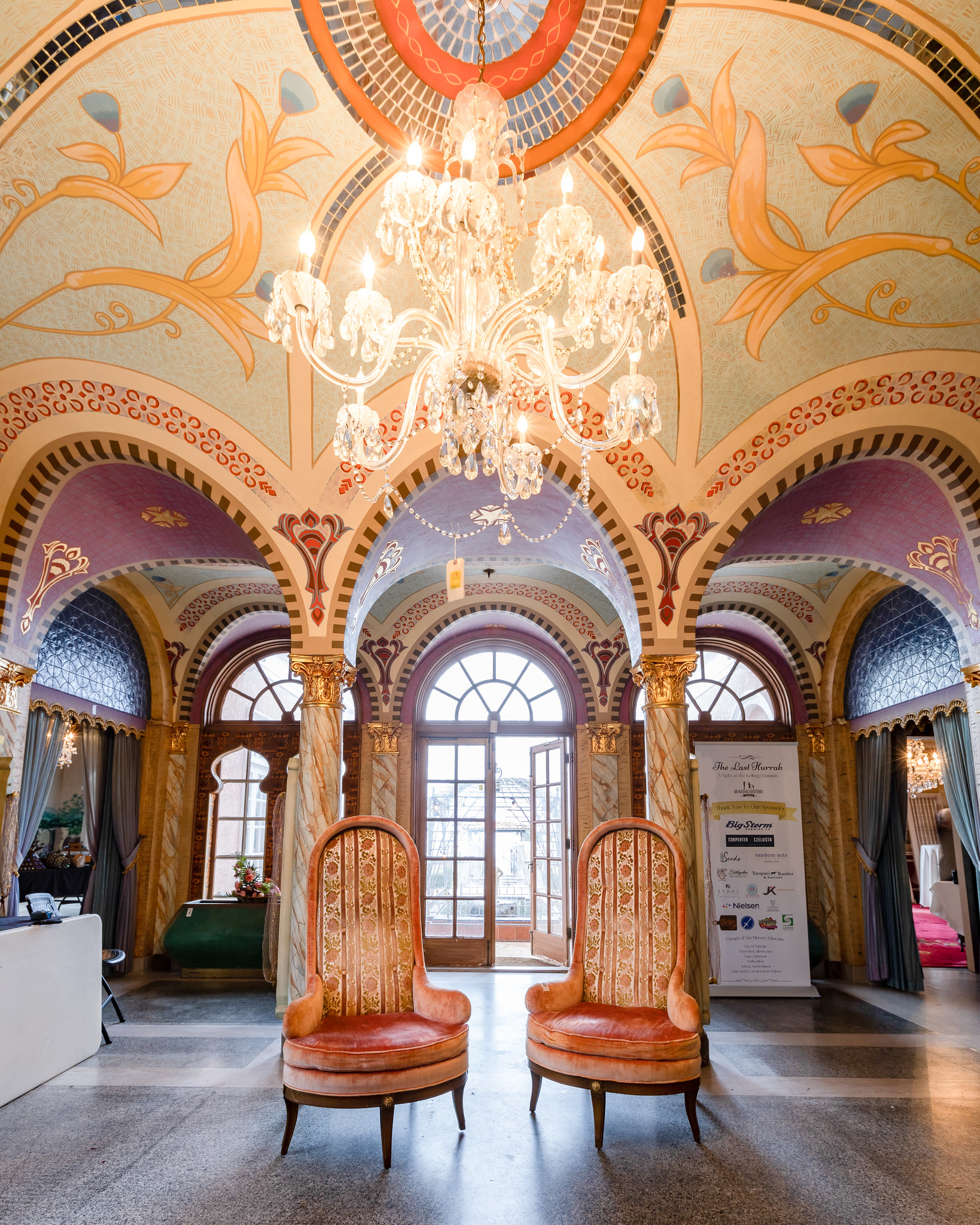


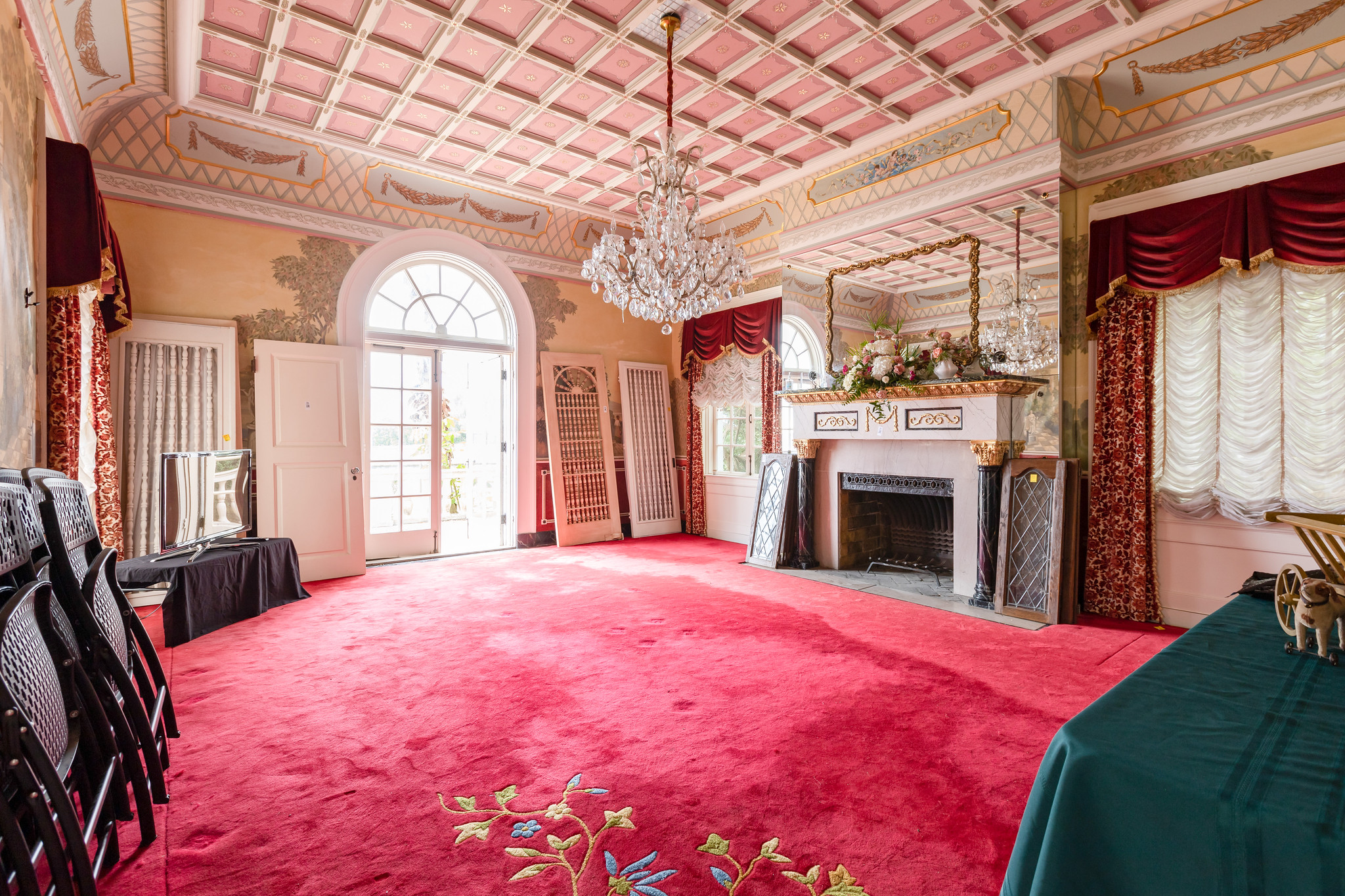




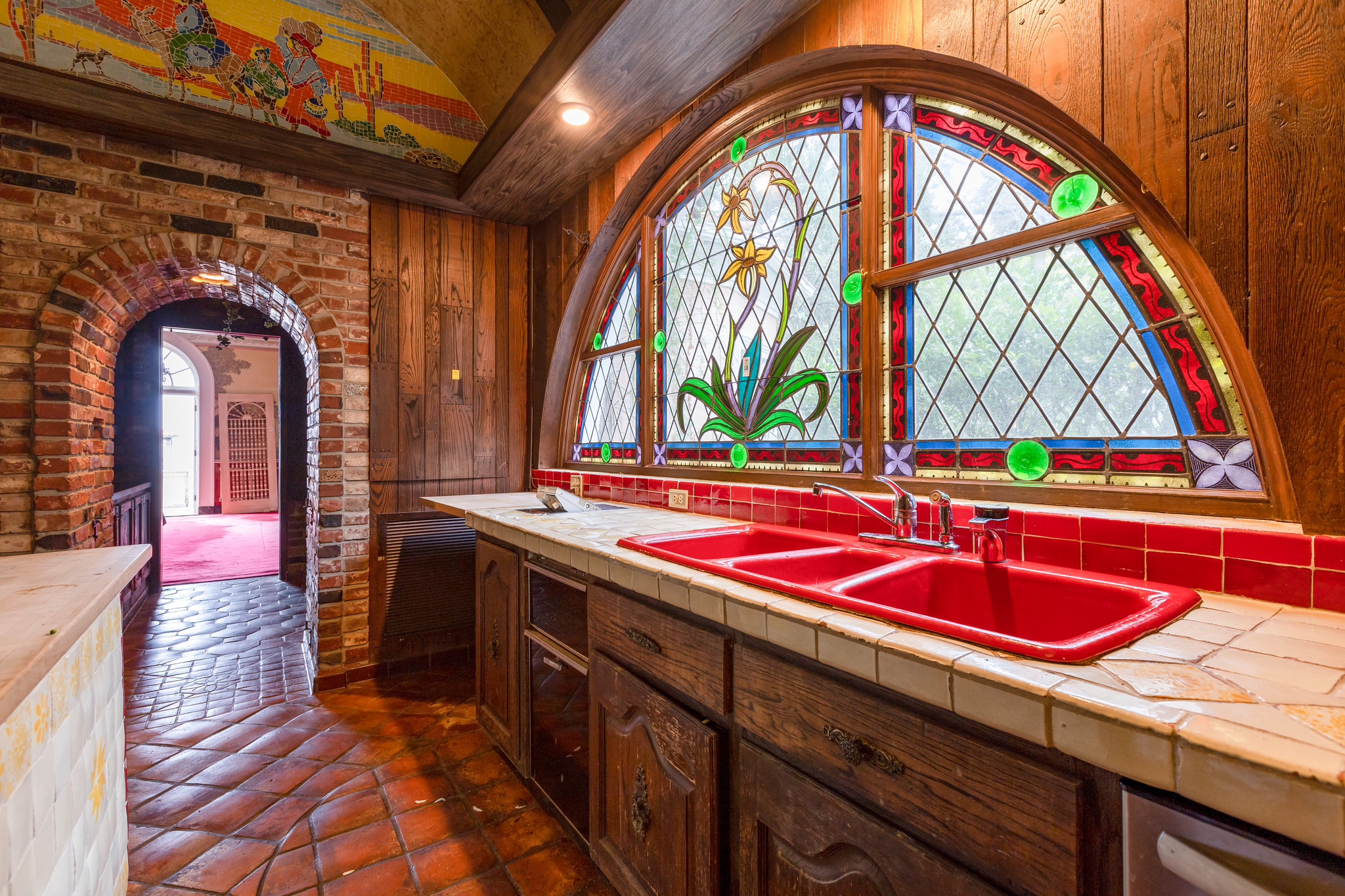

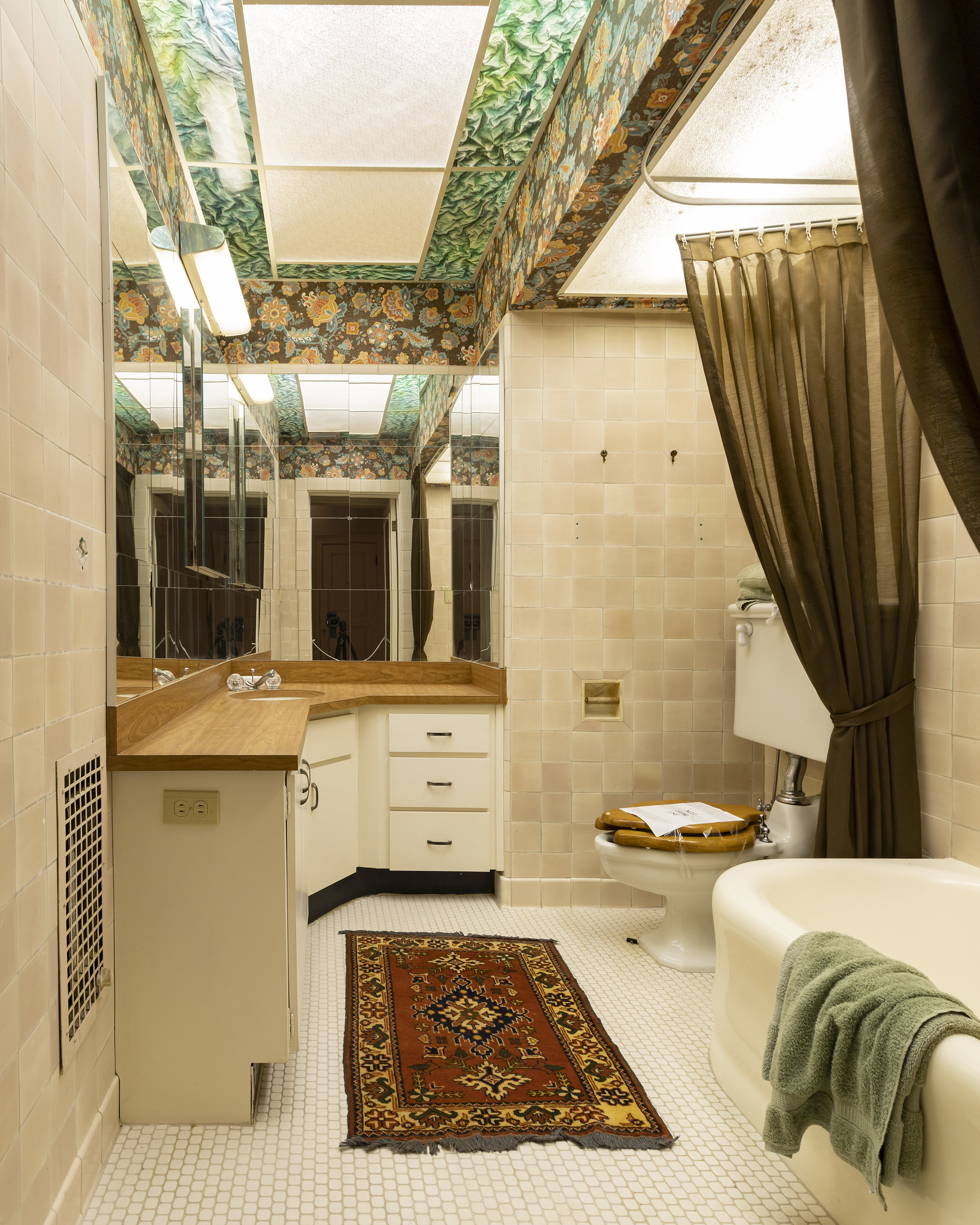
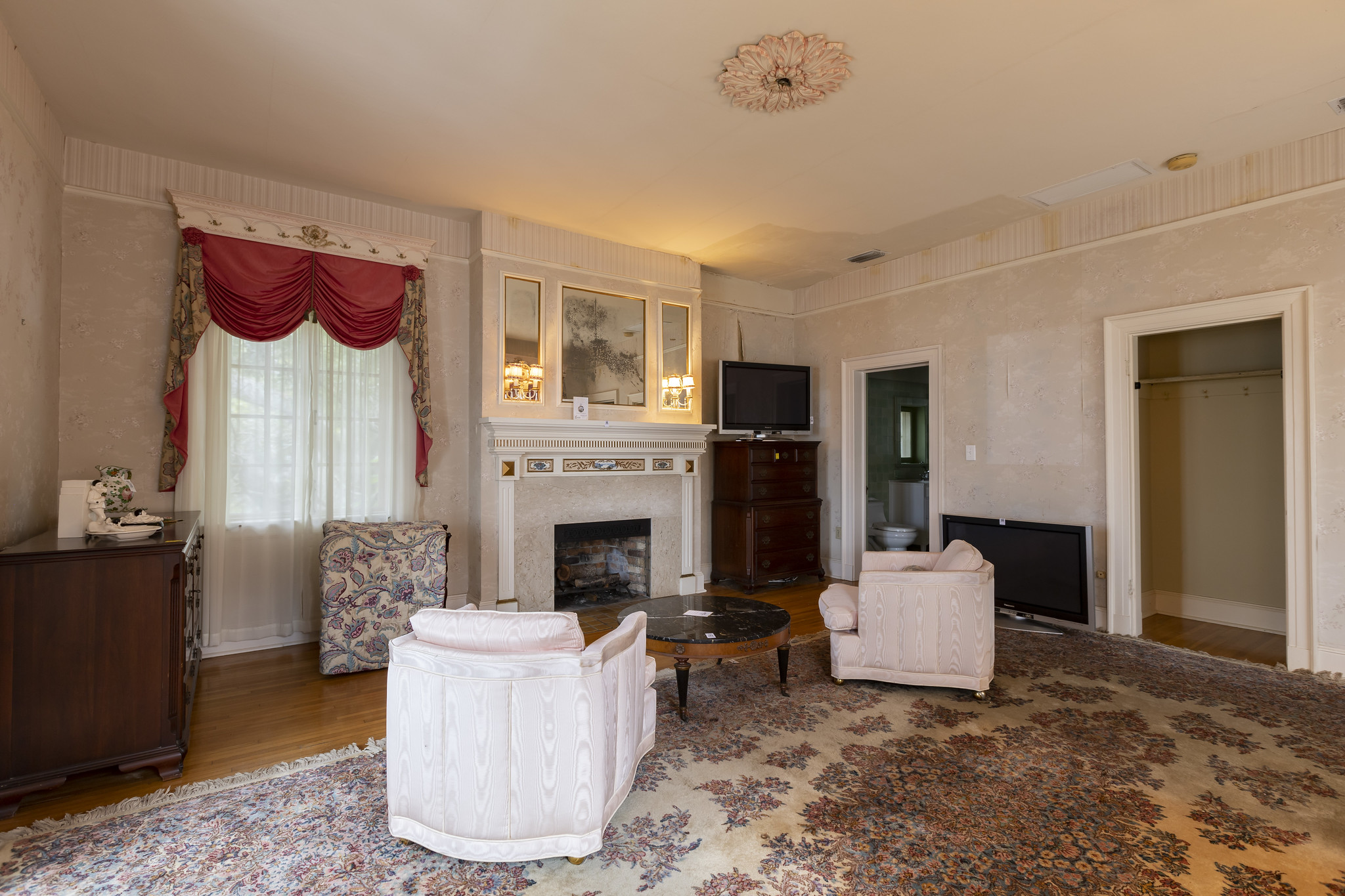





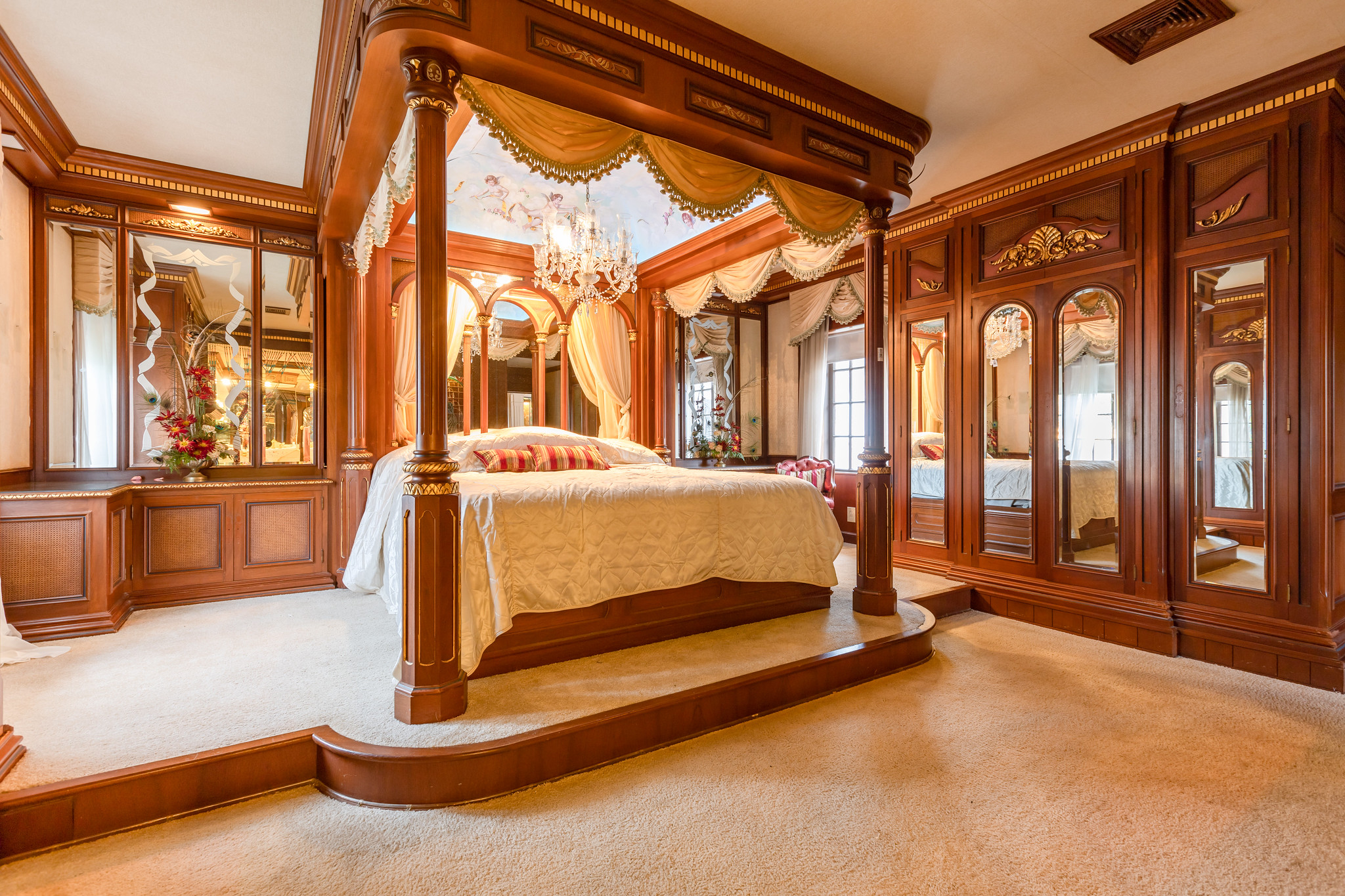


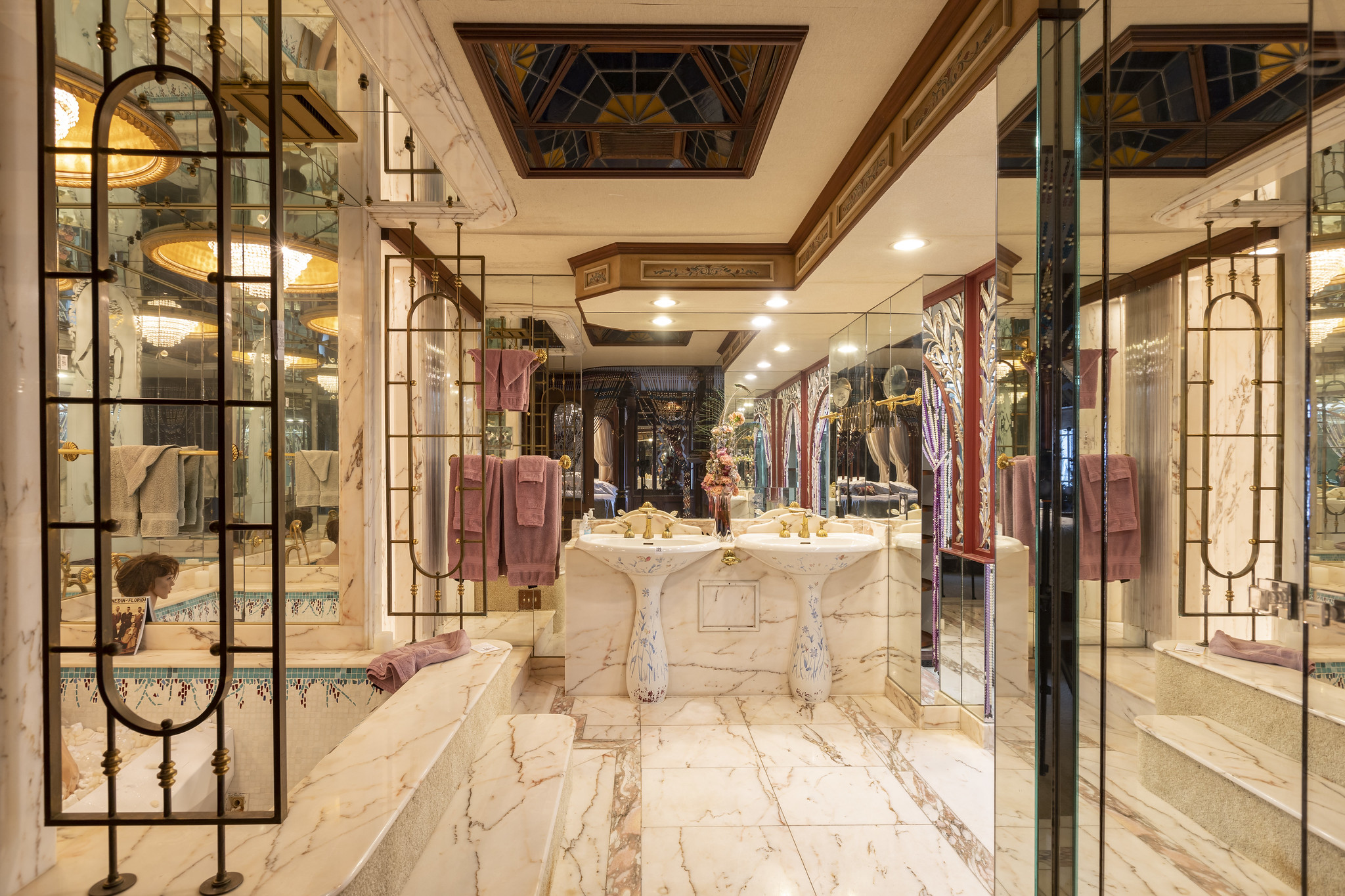


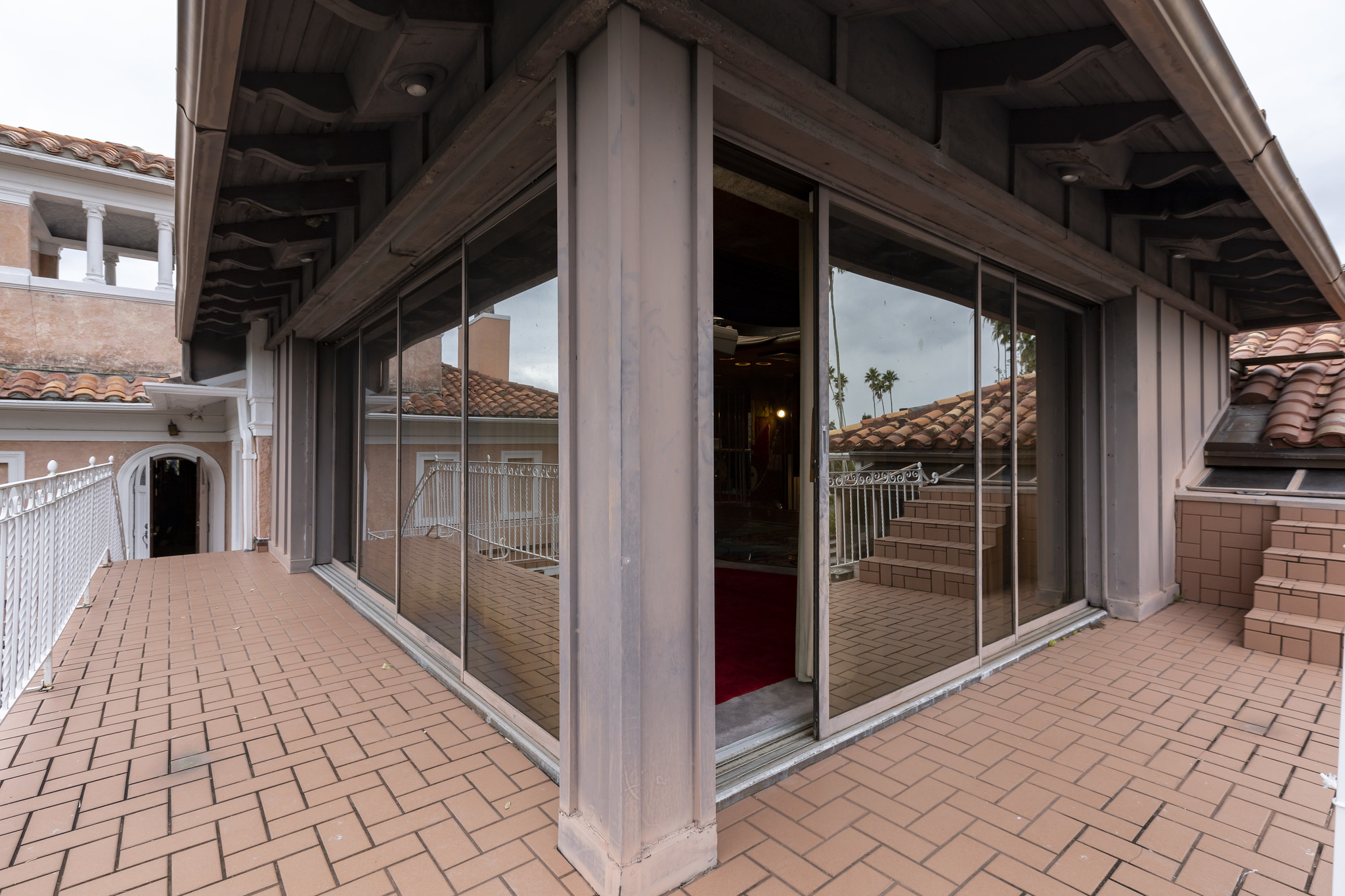


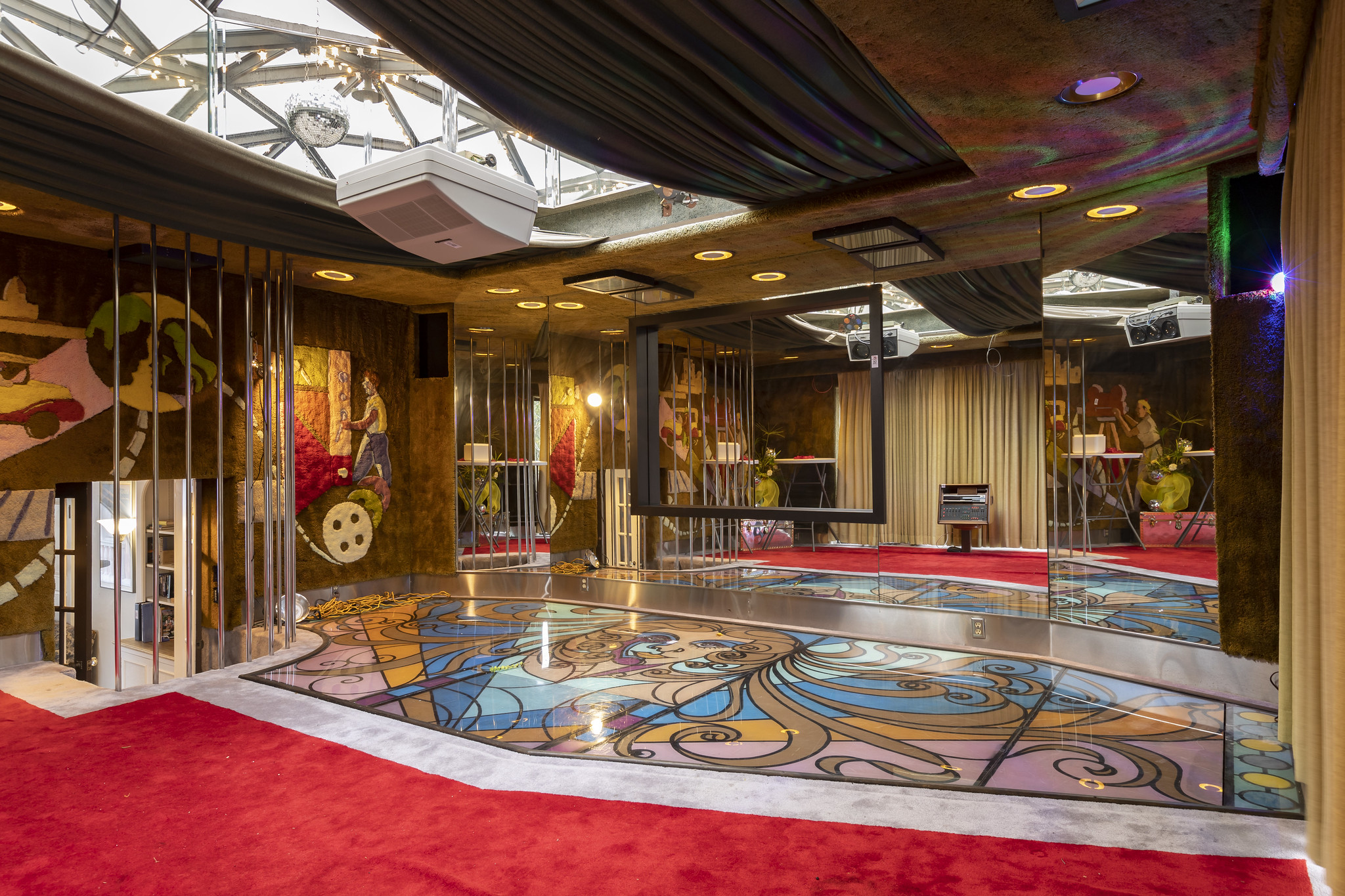













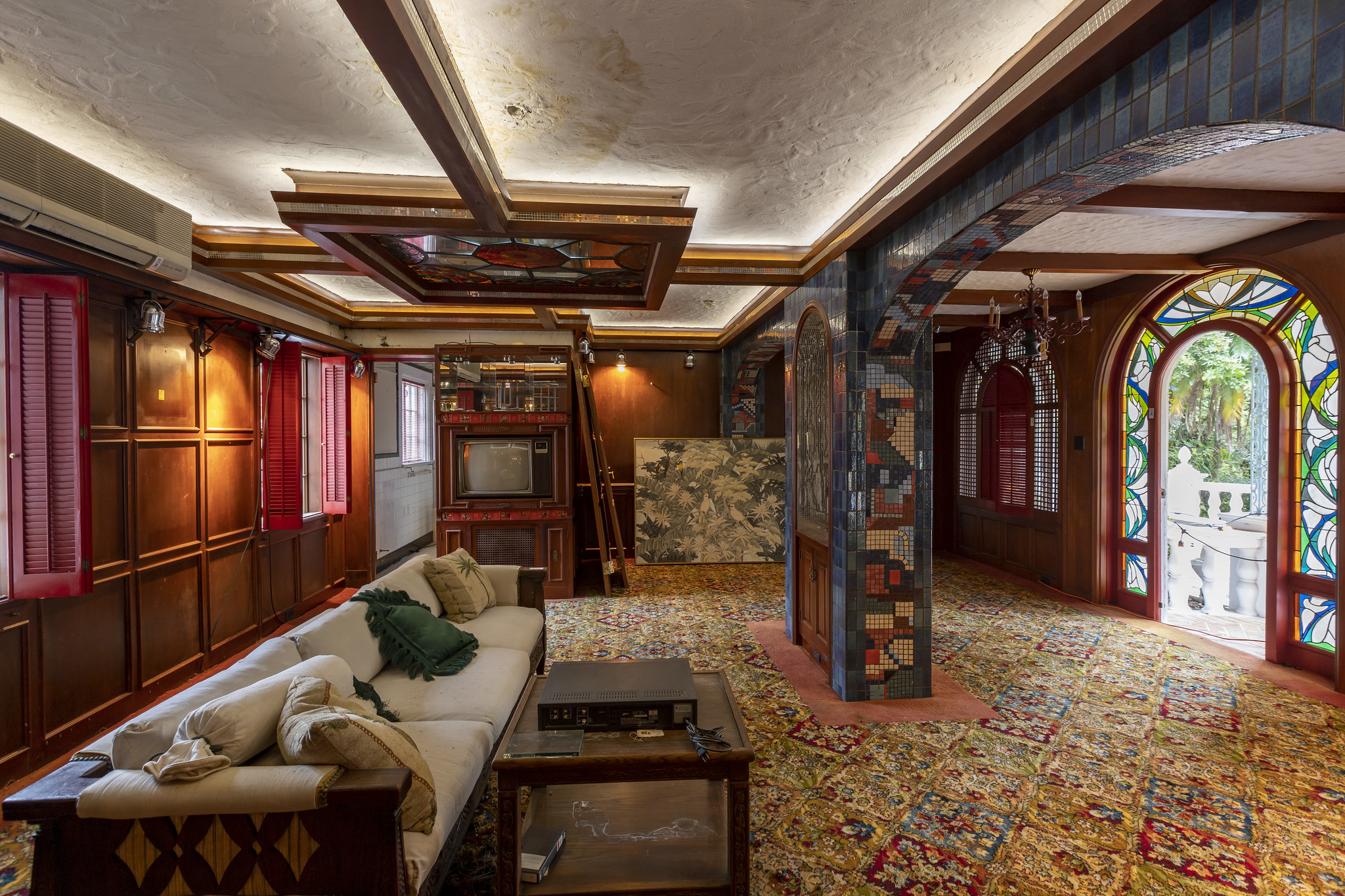


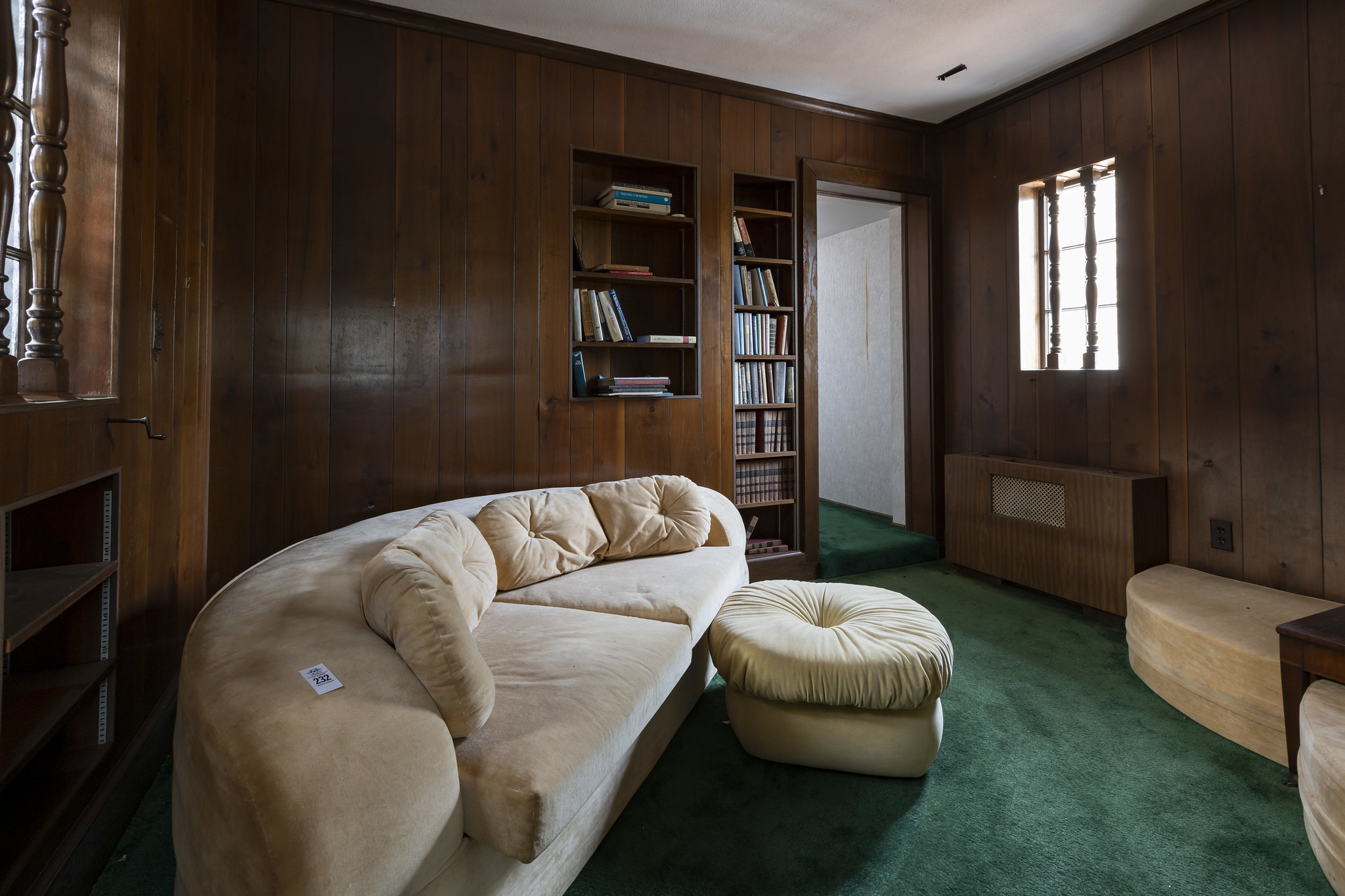








Thank you for reading. Please share the blog with your friends. I appreciate your support. You can find me on Facebook, Instagram, and TikTok. For more amazing, abandoned places check out my photography books.
Discover more from Abandoned Southeast
Subscribe to get the latest posts sent to your email.
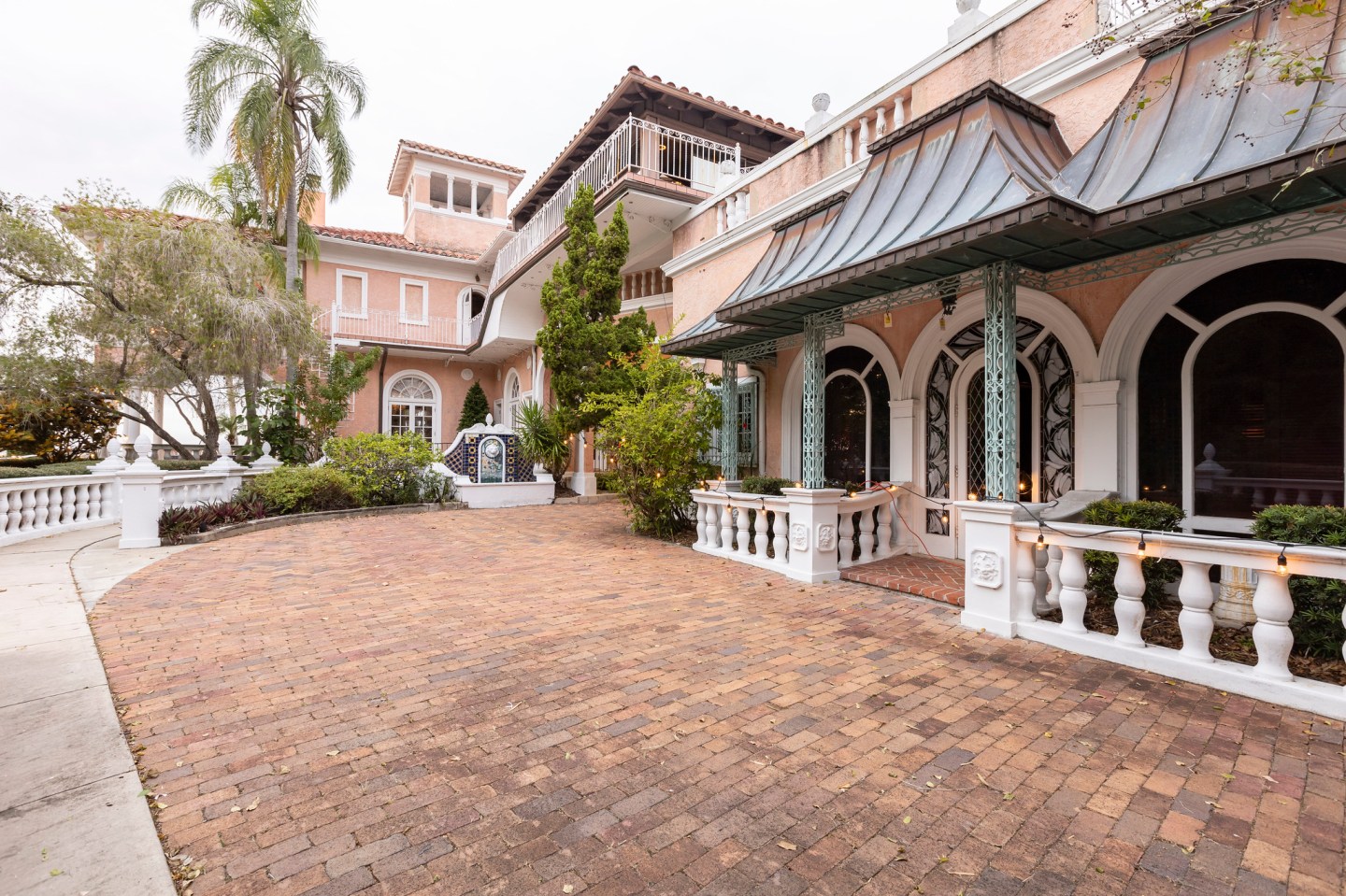
What a place….and it’s going to be demolished??
LikeLike
Dunedin, FL.
I lived in the same county for decades…and never heard of it until reading this.. Personally, I could NEVER tear that down. (not to mention that I could never afford it either) It’s evident that the new owners only want the parcel. At least they are working with the historical society, to a point.
LikeLike
Omg … was that a lit dance floor? That house was all the things! Historically significant, ornate, lavish and a 70’s party house. I have seen a few things in my time….but nothing like this!
LikeLike
The tours given by the Dunedin history museum this past week gave a very complete explanation to the visitors why the mansion and the carriage house cannot be saved. Mostly due to the neglect of a previous owner for over15 years. The buildings have issues with Black mold, asbestos. And lead paint along with the major deterioration of structural support.
LikeLike
What an absolute travesty to demolish this beautiful property I just can’t believe someone would be so callous as to destroy something that should stay a piece of history. I love this beautiful property!!!
LikeLike
A lot of atrocious embellishment over the years, but that initial bedroom with all of the stained woodwork is fantastic!
LikeLike
What I don’t really understand is if it’s full of black mold and asbestos why would they be selling any of the Furnishings or paintings? Because from my understanding when it’s like that everything has to be burnt but they are auctioning everything off, basically selling it and it’s going to be going into other people’s homes with black mold and asbestos. Just saying
LikeLiked by 1 person
Save what you can and move on.
LikeLike
holy moly, wow…..what a great refereb……..love it
LikeLike